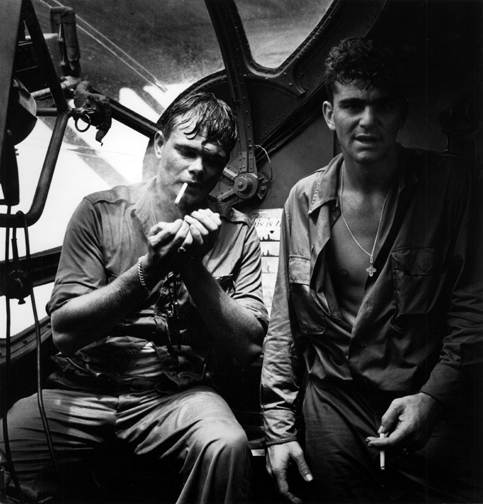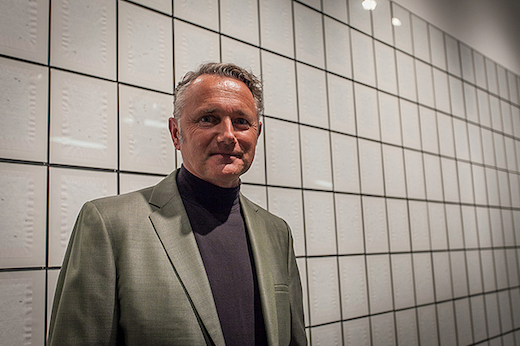
Alum Horace Bristol's Rescued Airmen Smoking Aboard the PBY (1944)
Veterans Day marks a three-day weekend (the school is closed Monday) and time to salute our veterans. Here, we round up a few suggestions of film, music and video games that also honor service members.
Game on: Metal of Honor Warfighter
As part of a six-city, 8-bit salute, Operation Supply Drop will host a single-elimination Medal of Honor: Warfighter tournament in the game lab of the Los Angeles Film School. Gamers will shoot for a chance to win prizes and to play side-by-side with celebrity battle buddies Michael Broderick (voice of Tick from Medal of Honor: Warfighter), Tyler Grey (military technical advisor for EA Games) and Derrick Dockery of the Dallas Cowboys.
Los Angeles Film School, 6363 Sunset Blvd., Hollywood. For more information, email tonymoney@iamshifted.com
G.I. Film Festival
The first annual festival dedicated to telling service members’ stories kicks off Friday at 7 p.m. with Disney-turned-Broadway star Christy Carlson Romano being honored for entertaining troops and the premiere of “The Red Machine,” a spy-thriller set in pre-war Washington, D.C. A series of screenings are set for Saturday from 12:20 to 8 p.m., including “The Lost Airmen of Buchenwald,” “8:46″ and “From Philadelphia to Fallujah,” which will be capped off with a dinner and auction featuring actor and former marine Dale Dye.
Admission starts at $12 per person; service members and veterans receive a discount.
Los Angeles Film School, 6363 Sunset Blvd., Hollywood; www.gifilmfestival.com





